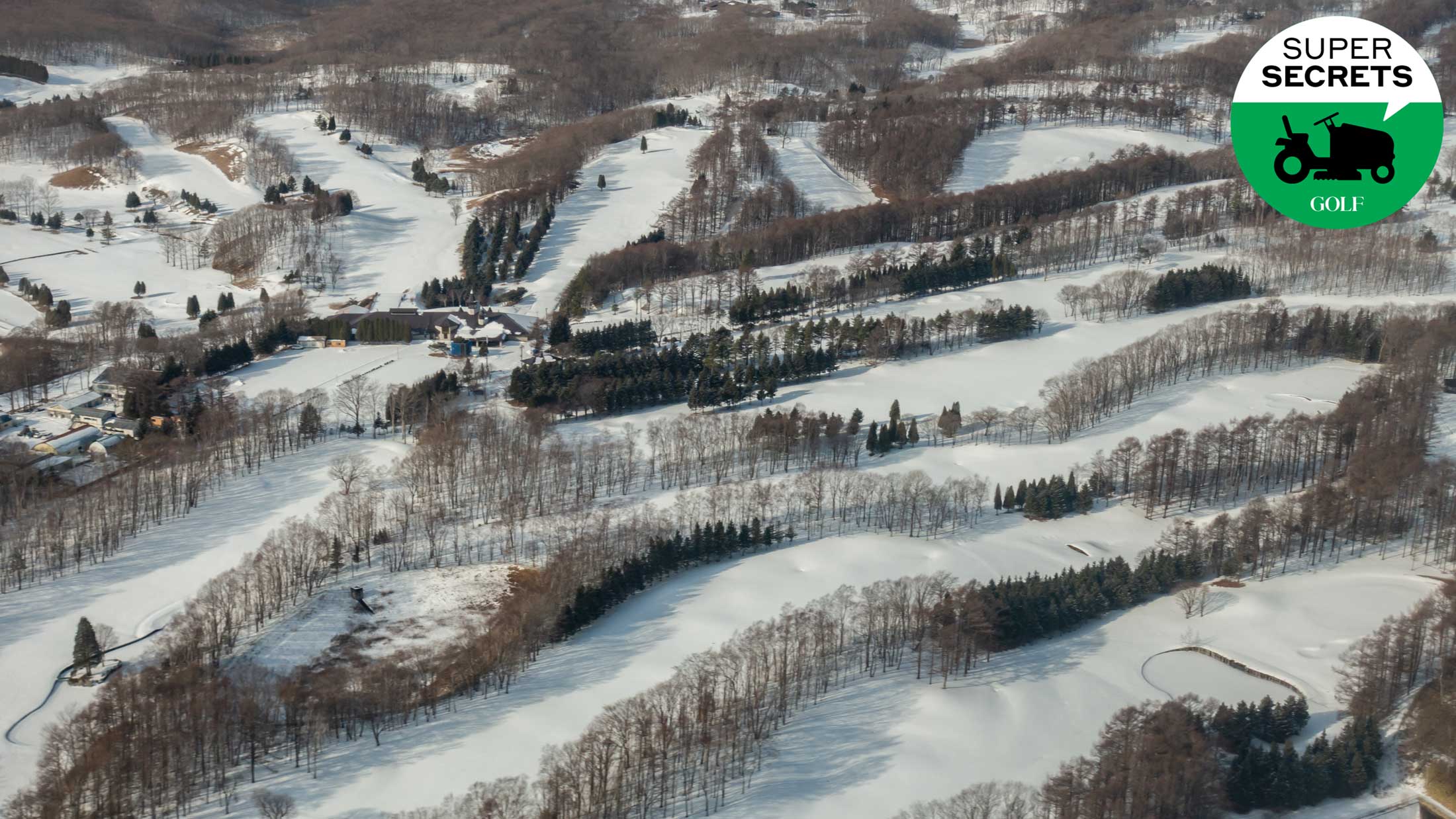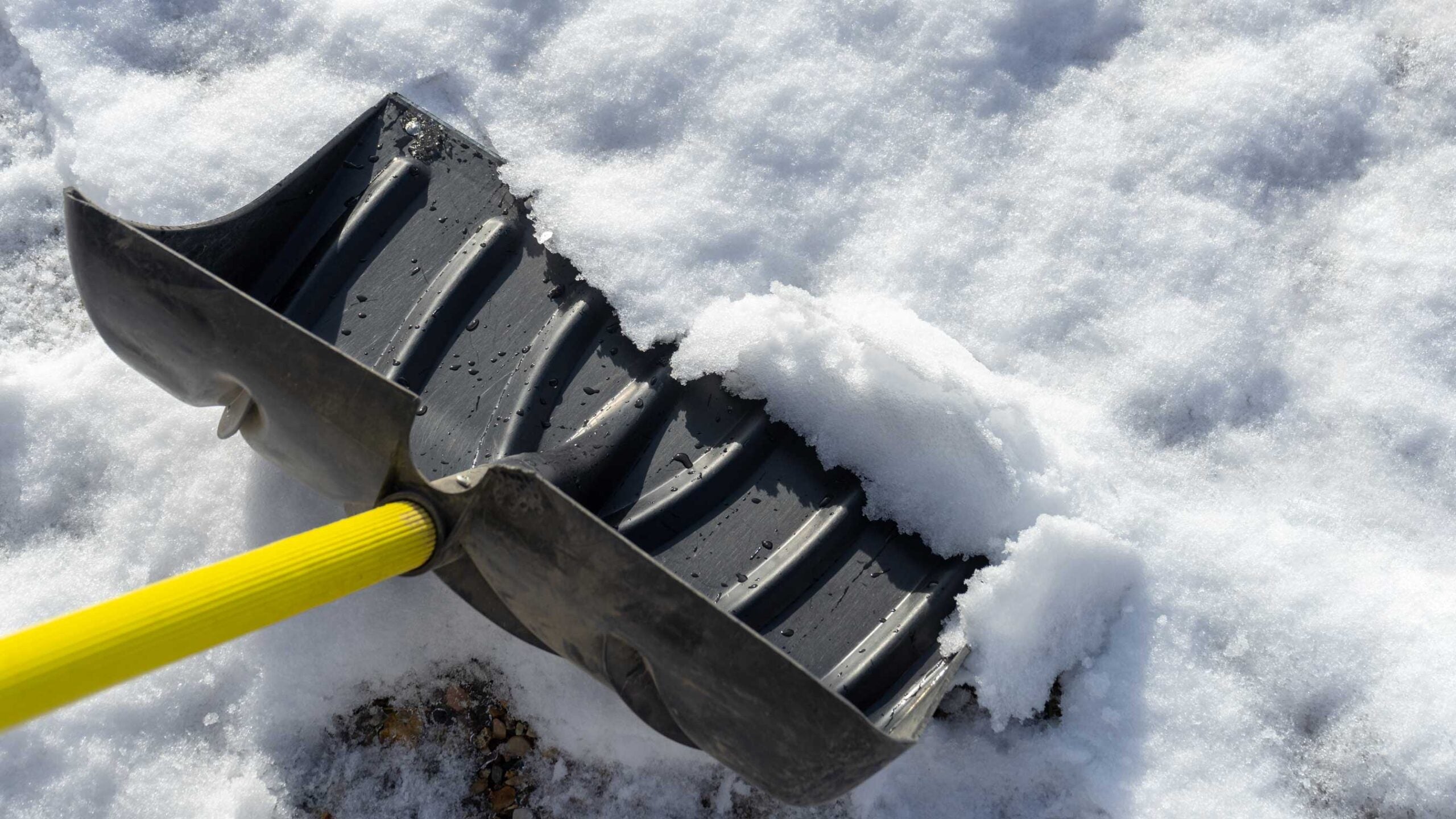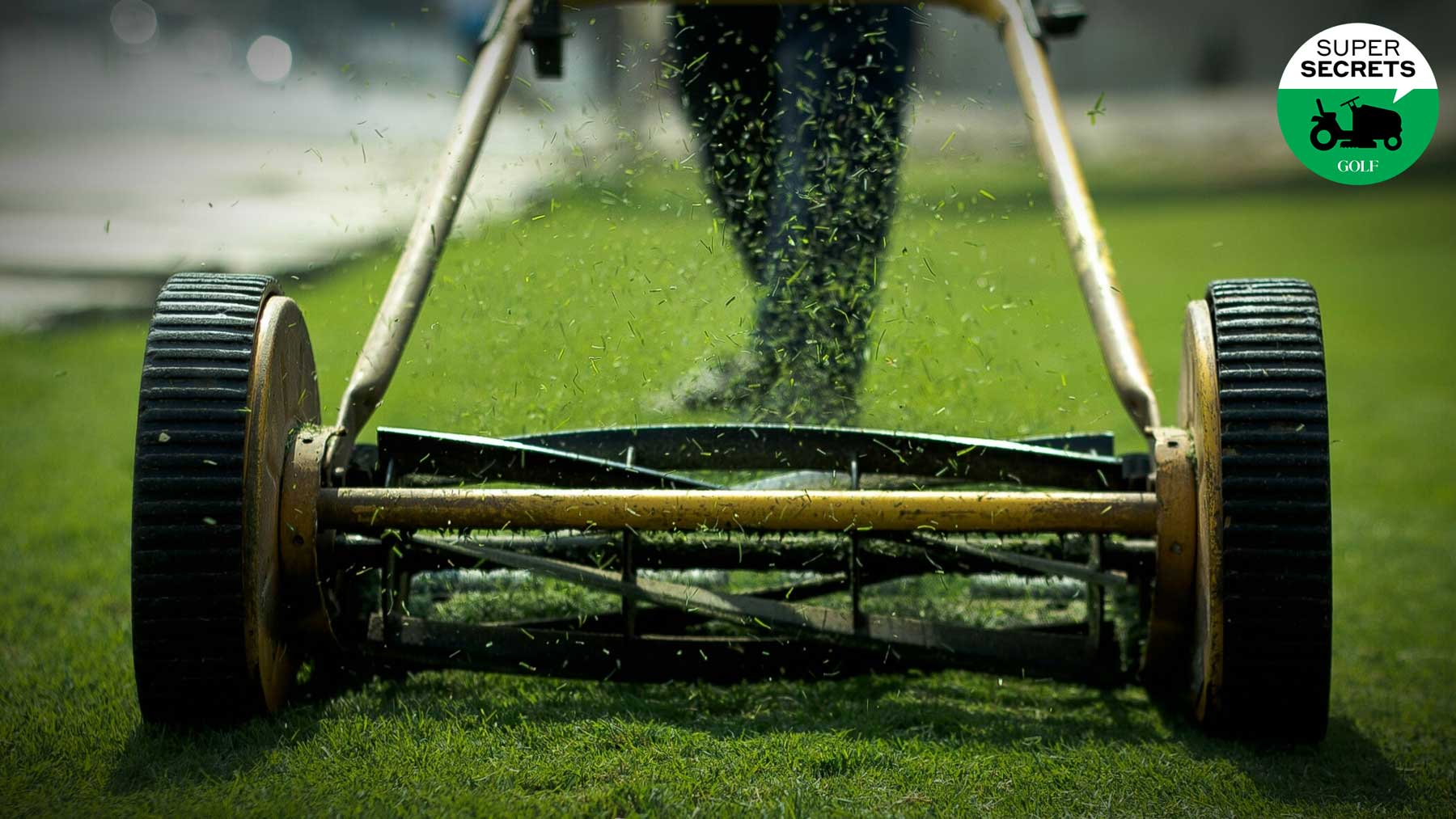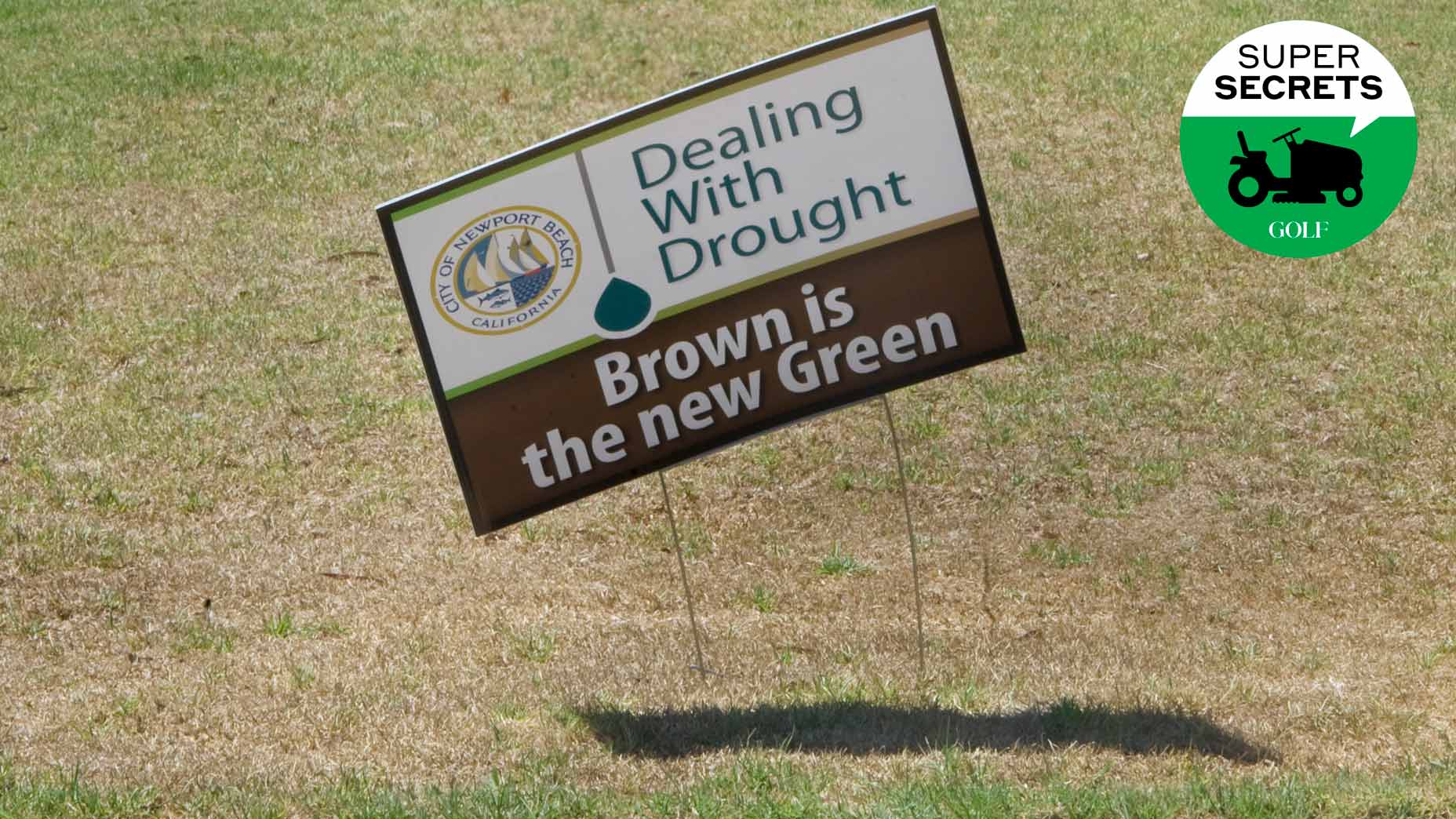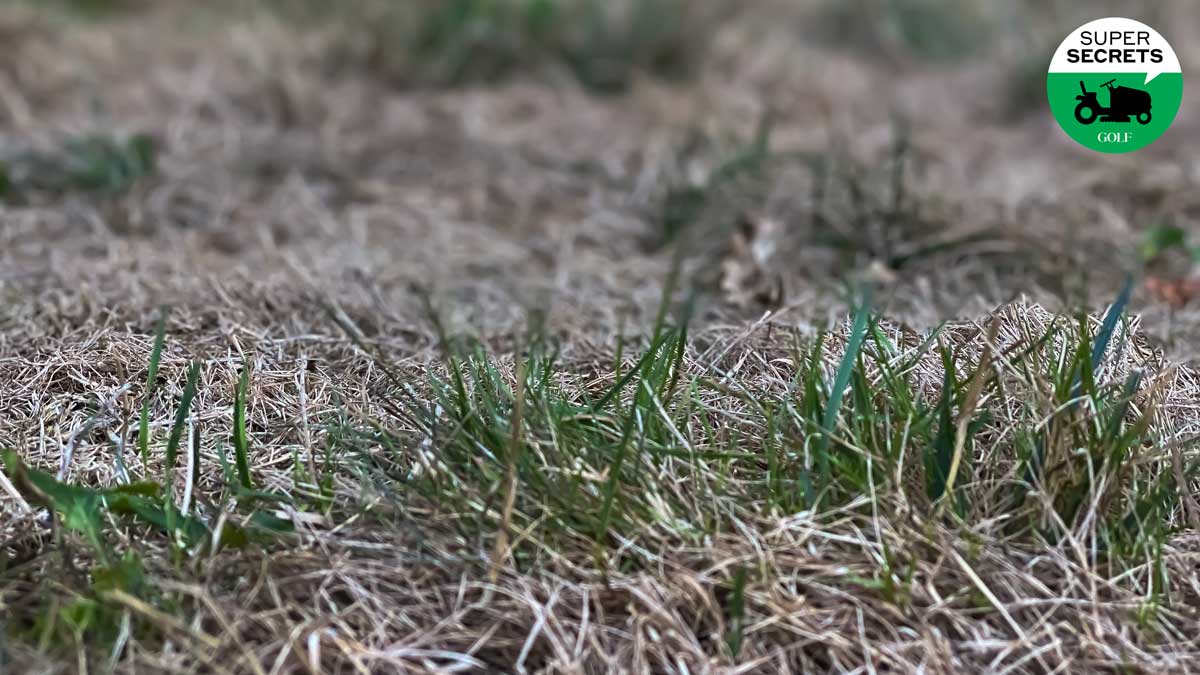Recent blizzards, which have blanketed much of the country in winter white, are a bummer for golfers — but not necessarily for golf courses. Snow, in fact, even heavy snow, can be beneficial to a layout’s agronomic health. TPC Boston, host of the 2020 Northern Trust, is one of many New England courses that now lie covered in a snowy quilt. We asked its superintendent, Tom Brodeur, why he isn’t rushing to clear the white stuff away.
1. It’s a protective layer
3 ways to protect your yard from snow, according to golf-course superintendentsBy: Josh Sens
When winter comes to Massachusetts, wind, not snow, is Brodeur’s main concern. The same frigid gusts that chap your lips can also damage turf by drying out the crown of the plant. The short grass on greens is especially vulnerable to desiccation. That’s one of the reasons courses in cold climates often cover their greens with tarps in winter, providing them with a protective layer.
Snow serves pretty much the same purpose. It is nature’s insulation, keeping the turf sheltered so it can come back strong in spring.
2. It gives the course a rest
In many parts of the country, winter is an awkward ’tweener time of conflicting interests. While the grass is ready to shut down for the season — the agronomic equivalent of hibernation — golfers are in no mood to stop playing. And play they will, so long as conditions aren’t too arctic.
Pity the turf, which takes the wear and tear from divots and foot traffic but can’t recover as it would in spring or summer.
“We really notice it on the tees, where guys with busy footwork are twisting and turning in soft spikes,” Brodeur says.
No wonder snow is welcome.
“It kind of puts a hard stop on the season, and that can be a good thing,” Brodeur says. “It tells golfers, OK, maybe it’s time to go skiing or do something else.”
3. Not that snowfall can’t have pitfalls
That’s all, folks! A Northeast golf season unlike any other draws to a snowy closeBy: Michael Bamberger
Brodeur’s feelings about snow aren’t all warm and fuzzy. Problems can arise when temperatures toggle, bringing on periods of freezing and thawing. In those conditions, ice can develop between the snow and the turf, a suffocating layer that can damage or kill grass.
The good news for Brodeur is that such dire consequences don’t happen overnight — not with cool-climate turf varietals like bentgrass and poa, which can withstand upward of 60 to 90 days under ice (for warm-climate grasses, the dangers are far more severe and immediate).
Snow mold is another potential issue, though it can be prevented with an autumn application of fungicide, or eradicated with a thorough raking. On balance, Brodeur says, the benefits of snow outweigh the drawbacks.
At least they do at TPC Boston.
“Every property is different,” Brodeur says. “At most places, superintendents have institutional knowledge so they know how they to handle things.”
Experience has taught Brodeur that, despite the recent weather, there’s no need at the moment to haul the snowblower from the shed.
